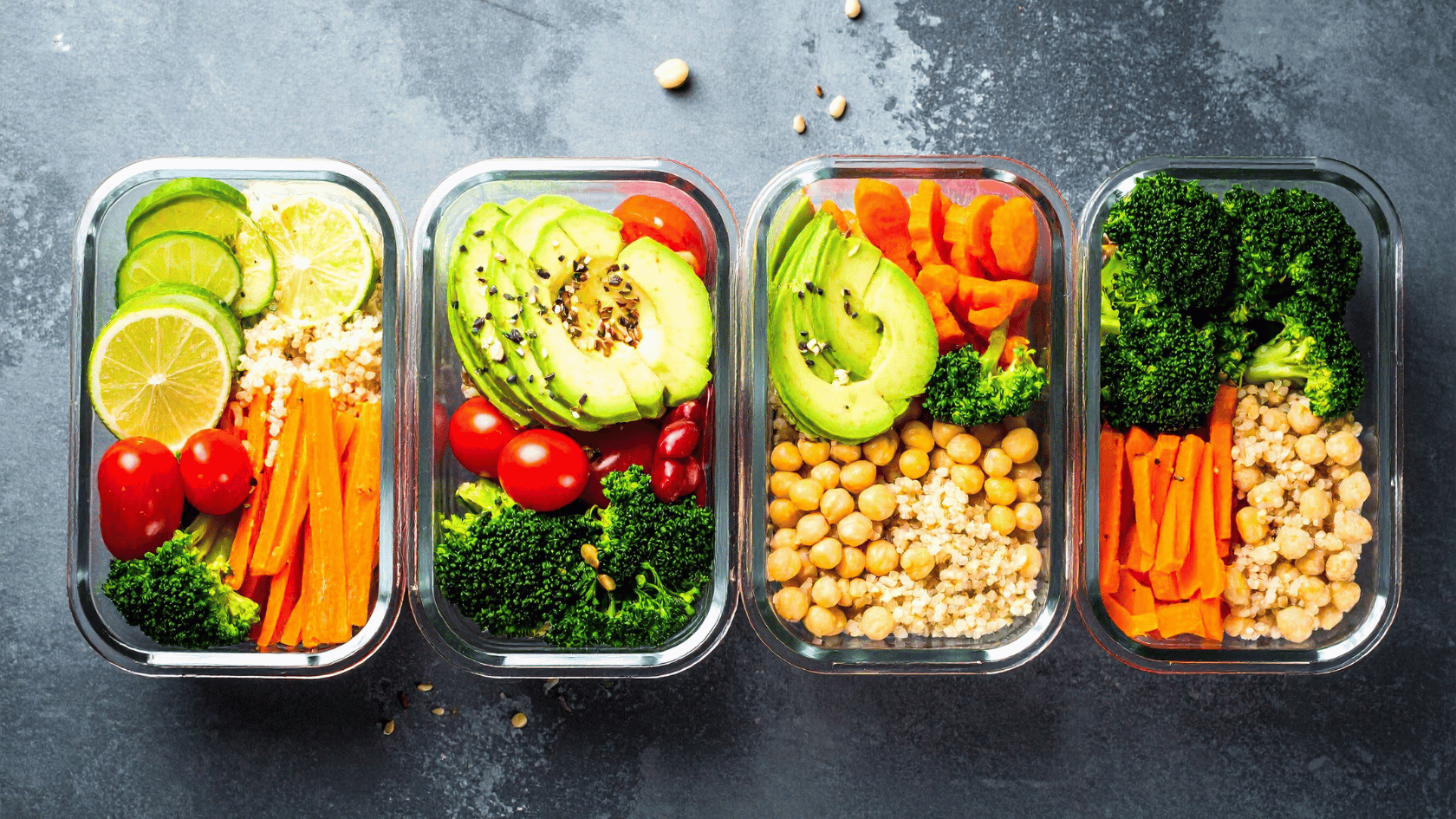Many bodybuilding programs emphasize isolated muscle group exercises, targeting specific areas each day (such as “leg day”). However, the fundamental movement patterns we rely on in day-to-day life are rarely relegated to one muscle group only. For example, when you pick something up off the floor, you engage your glutes, hamstrings, and lower back, protecting your spine. You essentially perform a hip hinge. By training compound movements like hip hinges, you’re improving your ability to safely lift and carry objects in daily life.
There are eight foundational movement patterns. Take a moment to consider: does your current program include these essential movement categories?
- Push
- Pull
- Hinge
- Squat
- Carry
- Rotate
- Hang
- Lunge
Incorporating the eight core foundational movement patterns into your training split will yield greater benefits than training individual muscle groups alone. Make these functional patterns the foundation of a strong and effective training routine!
Foundational Movements:
Squat Movement
We squat every day. When you sit down and stand up from a chair, that is a squat variation. Look at a baby when they are just able to stand on their own. When they get tired, they sit in a deep squat.
Our joints are made for deep squatting; it is a skill we get weaker at as the years go by due to sedentary lifestyle and convenience.
Squatting requires some hip hinging as well as knee flexion towards the bottom of the movement. This exercise should be a key component in any program, though many variations can be used beyond a basic barbell back squat.
Squat Variation Examples: Dumbbell Goblet Squat, Cyclist Squat, Front Squat, Zercher Squat, Overhead Squat, Split Squat, Box Squat
Hinge Movement
If you’ve ever bent over to pick something up off the floor, chances are you’ve performed a hinge movement. Training and perfecting this movement is imperative for a strong posterior chain. A strong posterior chain means less risk for back and hip injuries.
Deadlifts and deadlift variations are the most common way to train the hinge. Hinging means less knee flexion and more hip extension in order to engage the glutes and hamstrings more than the quads.
When you initiate a hinge dominant movement pattern, you want to make sure you have an anterior (front-facing) pelvic tilt that you are maintaining throughout the rep. Pelvic position is one of the most important factors when hinging.
Hinge Variation Examples: Kettlebell Deadlift, Barbell Deadlift, Good Mornings, Seated Good Morning, Posted Single Leg Deadlift
Push Movement (Horizontal and Vertical)
Push movements can be broken into two categories: Horizontal Push and Vertical Push. It is important to include both into your movement training. Horizontal push movements will target chest (pectoral) muscles while vertical push movements will target the shoulder (deltoid) muscles. The triceps will also be involved as assistance muscles in both push movements, so it’s important to program accordingly.
Horizontal Push Variation Examples: Push Ups, Bench Press, Chest Press, Svend Press, Close Grip Bench
Vertical Push Variation Examples: Overhead Press, Handstand Pushups, Arnold Press, Push Press
Pull Movement (Horizontal and Vertical)
Pulling things often is imperative. You may want to do more pulling than pushing in general because a lot our life involves pushing patterns. We are also commonly slumped forward on our phones or computers throughout the day so we are losing strength in our upper back muscles from being in that position for a prolonged period of time. Pulling more often will lead to better posture which means healthier shoulders.
Horizontal Pull Variation Examples: Seated Row, Inverted Row, T Bar Row, Bent Over Row, Single Arm Row.
Vertical Pull Variation Examples: Pull Ups, Lat Pulldowns, Dumbbell Pullovers
These can be harder to manage without proper equipment, but essential to building strength in the lats. You can use bar, band, or cable, but keep in mind that gravity means “pulling” will require either a change in body position (for dumbbells and barbells) or an anchor point (for cables and bands).
Carry Movement
We carry things every day. If you’ve carried groceries in from the car, you did some carry specific movement. If you’ve ever moved to another home, you know the joy of carrying.
Carrying things is critical for grip strength. Research has shown that a stronger grip means a longer life. Grip strength has been labeled a biomarker of health due to its association with many health outcomes. Carrying is essential for building this strength.
Carrying movements are also a form of locomotion training; which improves proprioception and recruits additional muscle fibers as you train in various planes.
Carry Movement Variation Examples: Farmers Walk, Suitcase Carry, Trap Bar Carry, Kettlebell Front Rack Carry
Rotation Movement
Rotational movements in the transverse plane are key to working the obliques, but also provide strength to the core musculature needed to do daily movements. Anti-rotation movements are exercises where you have a rotational force applied, but you resist the movement and use your core to avoid rotating. These moves are excellent for building a strong foundation to protect the spine in case of excess torque on the body.
Rotation Movement Variation Examples: Woodchoppers, Landmine Rotation, Medicine Ball Rotational Throw
Anti-Rotation Movement Variation Examples: Kettlebell Plank Drags, Pallof Press
Hang Movement
Hanging is so important for healthy shoulders and a strong grip.
Start by grabbing a bar and just hanging for a prescribed amount of time. Make sure you are wrapping your thumb fully around the bar so you’re training your grip as well. If you can only hang for 20 seconds at first, that’s okay! Build up to where you can hang for 60 seconds without dropping.
Hanging not only improves grip strength, but also teaches and reinforces scapular engagement and strengthens the muscles of the upper back. as you learn to control and stabilize the shoulder blades during a hang.
Hang Variation Examples: Hollow Bar Hang, Scap Pullups, Single Arm Hang
Lunge Movement
Lunging is a great unilateral movement that we do often throughout the day. Bending down to pick something up off the floor sometimes includes lunging. Lunging enhances coordination, balance, and overall proprioception. Lunging can also be used as locomotion training and can be performed in multiple planes of motion.
Lunge Movement Examples: Stationary Lunge, Lateral Lunge, Diagonal Lunge
Creating a Workout Using the Fundamental Movement Patterns
If you program with these eight movement patterns in mind, you are sure to hit the major muscle groups while also getting an efficient workout with plenty of compound movements. Try adjusting your training split to include all of these movements and watch your progress improve.
Need Help with Your Training Program?
We offer individualized programming and remote coaching based on your goals and your schedule. Book a free consult call to chat with us and see if remote coaching is right for you.
Check out our facebook group or explore our podcast for more resources.



